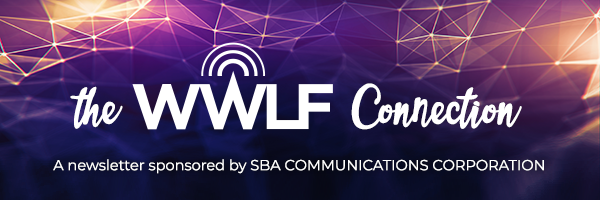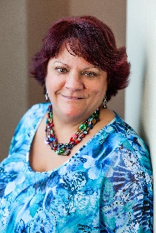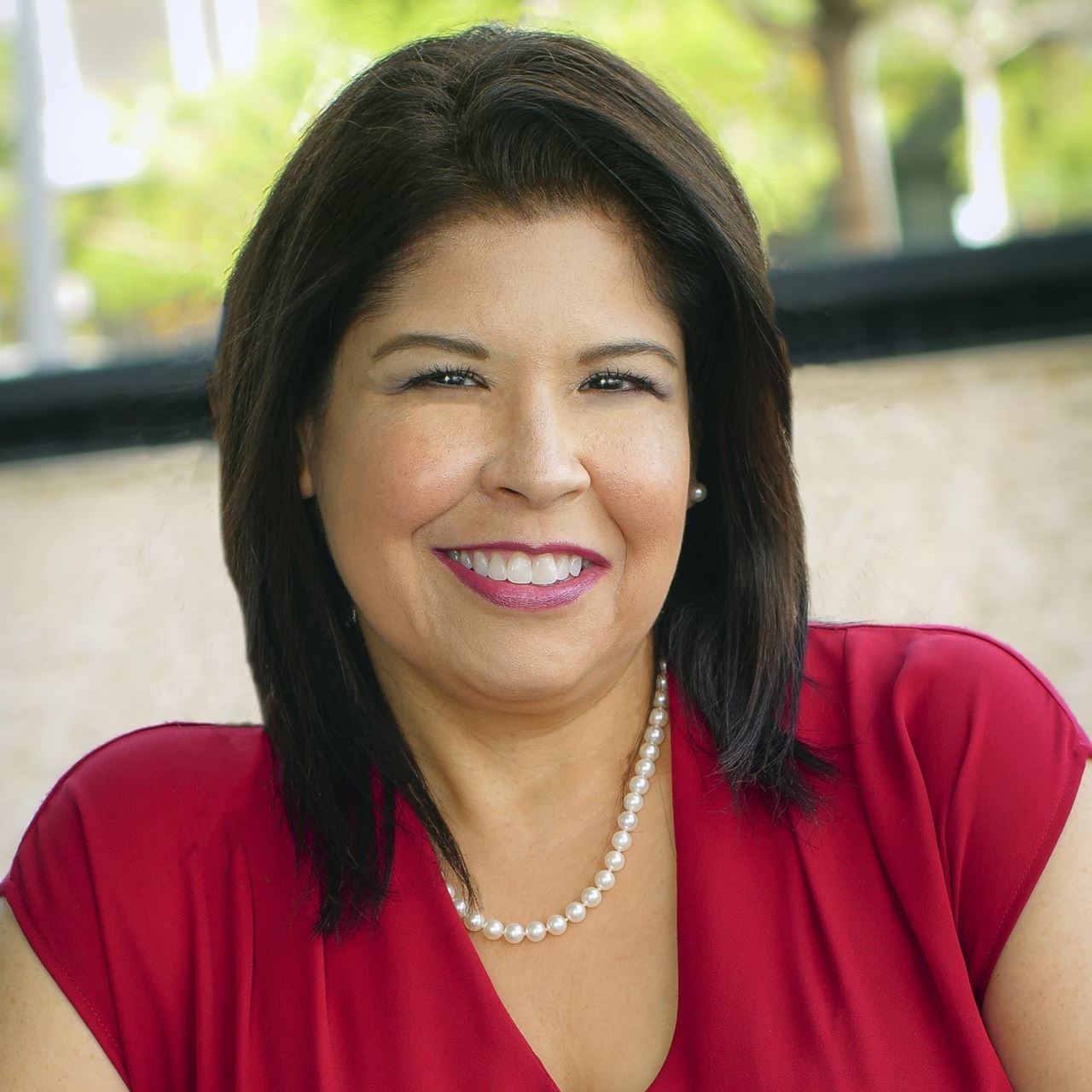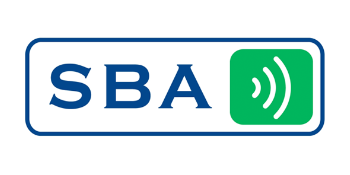Impostor syndrome. Have you heard of it? Do you have it? If you do, you are definitely not alone.
Last month we talked about how to position yourself as the expert you are. This month, we’re talking about how to combat that little voice in your brain that says, “Ha! You think you’re an expert!”
It takes effort to quiet that voice, but it can be done. The work starts with understanding your brain.
Brain Basics
“Our brains have a negative bias,” explains Dr. Cristy Lopez, a psychologist, high performance coach, and founder of My Anxiety Fix. Lopez has appeared on the Dr. Phil show and serves as an aftercare psychologist for the show's guests. She’s also served as an aftercare psychologist for Dr. Drew’s Lifechangers. And she’s been featured on the List TV show as well as in publications such as Entrepreneur Magazine, Forbes, and Authority Magazine.
“Our brains also use a lot of inaccurate thinking,” she continues. “Knowing those two things about your brain should already help.”
This isn’t because our brains are jerks. “Our brain’s primary goal is not to make us happy, or to make us feel like we're awesome,” Lopez explains. “It's to make sure we survive. So it looks for anything negative or anything that could possibly be negative.”
Being overly sensitive to danger was an advantage early in our evolution because you’d take steps to protect yourself. We don’t have to worry about predator attacks anymore, but our brains haven’t evolved to this reality. So brains jump into fight-or-flight mode at non-life-threatening situations, like your boss calling you into her office. Or having to give a speech. Or putting yourself out there for a new job or promotion.
When you’re in that state of mind, you can't think clearly. “Blood moves from the prefrontal cortex—the part of your brain that thinks logically—and prepares your body to fight or flee,” explains Lopez. “So you lose your ability to reason and to recall information. You’re more impulsive.”
The first thing Lopez teaches her clients is how to get their thinking back to the prefrontal cortex. She advises practicing until it becomes automatic. This is because when the brain is in a fight-or-flight state, it’s easy to forget what to do.
The key is awareness of these triggering events. “Usually there will be a physiological sign first,” she says. “Think about how your body feels. Does my heart race? Does my face get flushed? Know your signs.”
Once you know your signs, use deep breathing to calm your body. It’s important to exhale for longer than you inhale for the breathing to work. Lopez recommends a specific technique, “Inhale for a count of 4, hold for 7, exhale for 8. And really whoosh out the exhale. It pushes your diaphragm against the vagus nerve,” she explains. “This activates the relaxation response of your parasympathetic nervous system.”
Breathing is the very first intervention for any triggering emotional state, like anxiety or imposter syndrome. In fact, Lopez explains, imposter syndrome is a form of anxiety. “It’s fear that people are going to conclude you're a fraud. That’s anxiety.”
Name, “blame”, and reclaim
So, you’ve done your breathing. Your prefrontal cortex is ready to be reasoned with. What next?
1. Name your feeling
“I’m feeling anxious.” “I’m feeling afraid.” “I’m feeling angry.”
Lopez says it’s important how you frame this. “Say ‘I am feeling afraid.’ Because if you say, ‘I am afraid’ that tells your brain you're afraid when, really, you are having a feeling.”
Then give yourself some self-compassion. “If your boss is coming toward you and is in a bad mood, it’s normal and natural to feel apprehension or other negative emotions,” Lopez says. “It’s reasonable to feel nervous about a big presentation. The problem is when our brains run amok with inaccurate thinking.”
2. “Blame” inaccurate thinking
Inaccurate thinking has internal and external causes. Internal causes are cognitive distortions. And three common types appear with impostor syndrome.
- Emotional Reasoning “For example, if you’re feeling really overwhelmed your brain might tell you a problem can’t be solved. That’s not necessarily true,” Lopez says. “Or if you feel afraid, it doesn’t mean you are actually in danger.”
So remember, just because you feel something, doesn’t make it real.
- Catastrophizing “This is the type of thinking that gets you from ‘I made a mistake’ to ‘I’m a total failure.’ Things can go badly and still not be a total disaster,” says Lopez.
So remember, it’s not the end of the world.
- Mental Filter “We look for evidence to support our beliefs. If 100 things have happened and ONE of them supports what you think, you’ll disregard all 99 other things that disprove it,” Lopez says.
So remember, no cherry-picking your data.
External causes of inaccurate thinking aren’t self-generated. They come from “schemas”—stories we believe about ourselves, usually developed when we’re young.
“If you had a critical, perfectionist parent, you may have come up with a story that you’ll never be good enough,” explains Lopez. “Or maybe a teacher or relative said you have no talent for leading and you wrote that into your self-narrative.”
But not all schemas come from negative or cruel behavior. For example, several decades ago in an effort to boost the self-esteem of girls in school, girls were reminded by teachers and parents that they were smart. This was said with the best intentions. But newer research shows this kind of praise can backfire, leading girls to think of that quality as an identity. Since trying and failing threatens that identity, girls who were told this may hold themselves back. Now we know it’s better to praise effort.
“You can think about whose voice you hear when these schemas come into play,” Lopez says. These schemas are more complicated to figure out by yourself. If your impostor syndrome is crippling your ability to advance your career, Lopez advises working with a professional to help you.
You’ve calmed your brain, named your feeling, and where it’s coming from.
I’m feeling afraid I’ll lose my job because I don’t know what I’m doing. It’s normal to feel apprehensive about a new role. But losing my job is catastrophizing. That’s my aunt’s voice telling me I screw things up. Oh, that’s my ‘I’m not good enough” story.
Now comes the good part.
3. Reclaim your narrative
You need to replace your inaccurate thinking and schemas with accurate thinking. And you need a new story based on evidence rather than beliefs. It’s important to do this, because otherwise your brain will fill the void. And, as we’ve seen, it’ll probably pick something negative.
To reclaim your thinking and rewrite your schema, start by writing down a negative belief you have about yourself. Then write all the evidence you have in favor of this belief.
The hard part is making sure it’s actual evidence. For example, if you think you blew a speech because you didn’t know what you were talking about, do you have proof that’s true? Is there a recording or a review? Maybe you just felt fearful and thought you were not doing well.
“If that’s the case, you’re using emotional reasoning as evidence,” Lopez explains. “And emotional reasoning is not evidence.”
One person’s opinions are also not evidence. If your third grade teacher said you’d never be good at public speaking, that’s not evidence.
“Now, if several people have said the same thing, maybe it’s something you should work on,” Lopez says. You still need to consider the source. If the source is a group of toxic acquaintances but no one in your profession, that’s probably still not evidence.
Next start writing down evidence against this belief. (If you took actions from last month’s article How to sell your sizzle: Part 1-Practical Tips, you’ve done some of this work already!)
This is my third job doing this particular type of work. I’m really good at it.
Lopez cautions that we tend to hold on to the negatives. “It's funny, people try to fight for their problem, their limitation, or their obstacle. They really try to discount their positive evidence,” she says. To counter this, it’s helpful to have someone—either a counselor or a mentor—who can challenge you.
Now that you have your evidence, you restructure your belief and write a new narrative for it. So, for example, with impostor syndrome, your original belief might be “I don’t know enough to be considered an expert” and your schema may be “I am not good enough.”
Your new story might look like this:
I know a lot about this field—even more than a lot of people. I’ve done X, Y, and Z (this is the evidence part that supports your new story). It’s ok that I’m not perfect and I learn from every mistake I make. I continue to get better and hone my skills.
This isn’t about creating some fantasy facade, which will keep you feeling like an imposter.
“This is authentic, and it will feel right because you’re making a true statement,” explains Lopez. “And because our brains are negatively biased, when we create an accurate thought, the side effect is it’s usually more positive. So just being accurate can be more positive.”
When you start changing your thinking like this, all these steps will take time. But in the future, and the more you practice it, the quicker the whole process becomes.
“You’ll be aware quicker, you’ll name the feeling quicker, you’ll replace the original ‘I don't know what I'm doing’ with, ‘Hey, you know what? I do know.’ It will get really fast and eventually you won’t even be aware of it anymore,” says Lopez.
You can also keep adding to your statement. Each successive time you do the exercise, it will take less and less time.
“You can use this same strategy for anything,” says Lopez. “It works for any limiting belief.”
To learn more from Dr. Cristy Lopez, check out her guide 3 Easy Ways to Reduce Anxiety in 10 Minutes or Less and her website www.CristyLopezPhD.com. Or follow her on Facebook and LinkedIn.






